Visit
Physiosports Brighton,
429 Nepean Highway, Brighton East,
3187, VIC, Australia
Call
Fax
03 9596 9155
physiosports@physiosports.com.au
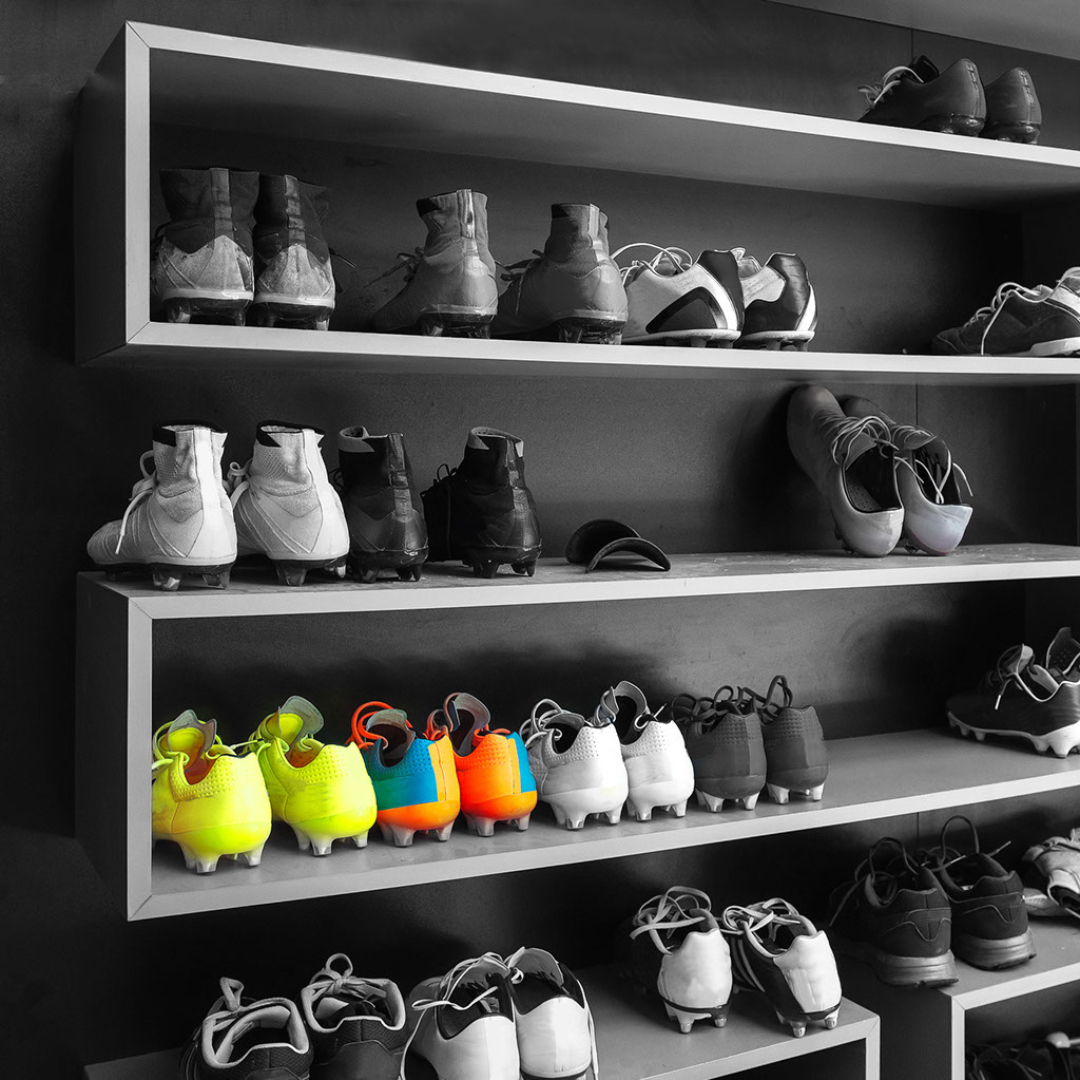
Choosing footwear of any kind can be challenging. There are so many choices that want your attention. Further, there are so many shoes to choose from just within one brand that choosing a shoe becomes sifting through a minefield. As a parent, you want to make the safest choice for your child; as a player, you want the boots that make you the fastest or look the best. So, what are the best football boots for you?
Football boots, are very different to running shoes and are often designed for soccer, not Australian rules. In Australian rules, a player runs, on average, 12-14 km per game. In soccer, a player runs, on average, 11 km. This shortfall adds up very quickly over a season. Football boots provide very little cushioning, have studs and moulded outsoles, and fit narrower than standard running shoes. Not only that, but football boots have a 35% increase in load to the foot when compared to running shoes. So, choosing the right boot can have a significant impact.
Football boots, generally, are designed for soccer and are considerably different to running shoes. They often provide no cushioning, have studs and molded outsoles and fit narrower. Football boots have a 35% increase in load underneath the foot when compared to running shoes. So, choosing the right boot can have a significant impact on injury reduction. Also, Australian rules football players can cover between 8 – 18km a game increasing loads and injury risk.
There are two parts of fitting a shoe correctly, length and width:
The boot should fit snug and controlled, not overly tight or loose. Beware of buying shorter or longer sizes to accommodate the width of your foot. Other considerations: take your orthoses with you (if you wear them for football). Make sure you don’t slip around inside the shoe and its holds onto your foot, not your foot holding onto the shoe.
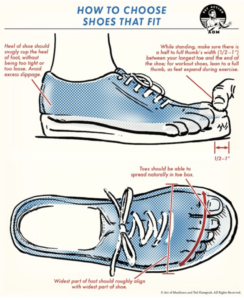
What is your lower limb injury history/Do you wear orthoses? Is it a training boot or a game-day boot? Does it suit wet/dry conditions? All of these things come into consideration when choosing a boot.
Briefly, for the non-injured and no history of injury player consider these concepts:
1 pair for training (that has more structure to it) e.g. Asics Blend FF.
1 pair for game day (lighter weight, very familiar and comfortable). e.g. Asics Tigreor/Menace.
1 pair for wet weather (longer studs).
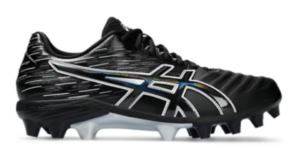
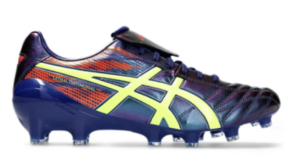
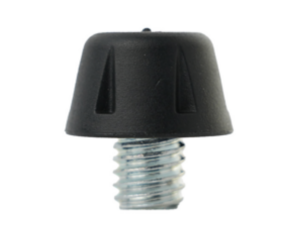
I think this is the MOST important of the three. It has been shown that the best shoe for you will most likely be the most comfortable and ultimately lead to fewer injuries. It is not a guarantee, but if you want to focus on one thing only – focus on comfort and feel.
Do they feel good? Not only do they look good, but do they FEEL good? Wear the boots around the shop. Hop in them. Hop in a 5-pointed star shape in them. Jump in them. Jog in them. REALLY test them out. It will take 10 mins of wearing them to know how they feel, not 10 seconds. Feel every possible divot in the boot as these are the divots that will frustrate you on game day. Is something poking you where it shouldn’t? Do they feel comfortable enough to wear for 5 hours? How do your legs and feet feel in the shoe?
The easiest place to start is the last pair of boots you had. If they were comfortable chances are the next model will be too. They do change some things every year. Sometimes, you might try the same shoe on again, and it won’t feel the same as last time. Speak to the store person, if they have a good understanding of the shoes, they should be able to provide some detail about the shoe. If you are still lost, talk to your podiatrist. We have a database of all the football boots and can apply the above rules together to give you a few shoes to try on and start at.
By John Osborne
Aus. Podiatry Assoc. Certified Sports Podiatrist, B.HS,M Pod Prac and PhD Candidate.
Send John an email to johnosborne@physiosports.com.au, or book in to see him, or Scott, by clicking here.